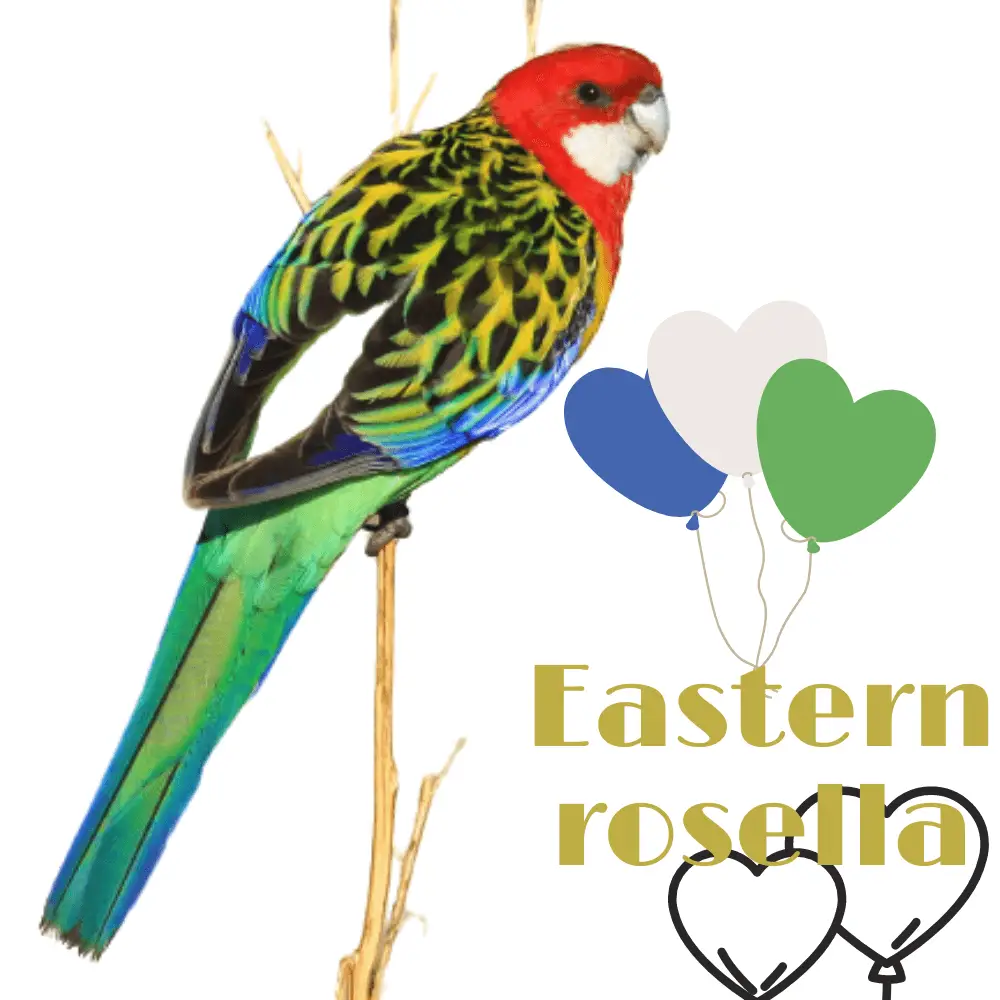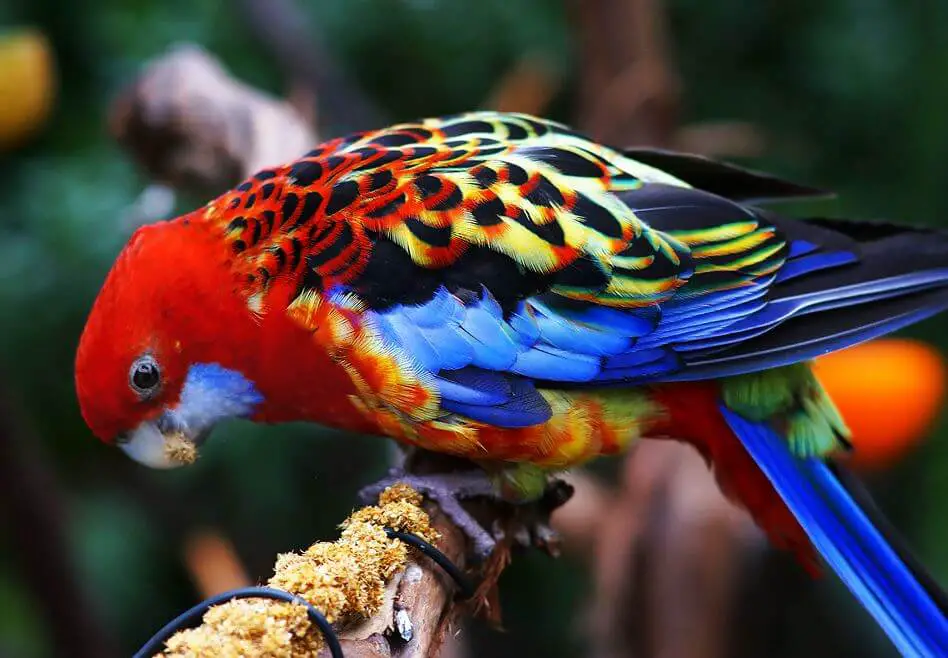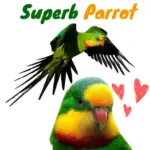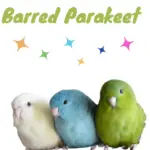
Eastern rosella Order: Psittaciformes Famille: Psittacidae
Not subject to annexes
Sex: No sexual dimorphism
Phenotype:
- red-dominant parrot with some touches of green and black on the back and dorsal side of the wings, wing band and tail, and white-collar
Character: birds are very territorial, quarrel with other Platycerium, are alive and active, or in need of space for the flight (to promote the aviary), and are potentially tame.
Weight: 90 – 110g
Recognized for its striking beauty, Crimson Rosella is a variety of parrot that has been much appreciated by pets for many years.
Although its medium size and attractive colors make this species attractive to bird lovers of all types, it may not be the best choice as a pet for those who are new to breeding. birds; This is not a parrot that is easily trained or manipulated.
Scientific name
The taxonomic name for Crimson Rosella is Platycercus. The species was originally named Psitticus pennanti by John Latham in 1781 but was eventually reclassified.
There are seven closely related subspecies, classified primarily according to variations in color markings ranging from subtle to spectacular: P.e. Elegans, P.E. Nigrescens, P.E. melanoptere, P.e. Fleurieuensis, P.E. Subadelaidae, P.E. flaveolus; and P.E. flowerieuensis x P.e. Subadelaidae x P.e. Flaveolus.
Origin and History

Crimson Rosella is a medium-sized parrot native to eastern and southeastern Australia, where it lives in open forests and woodlands, as well as in gardens and parks. In the wild, it mainly eats grass seeds, herbs, fruits, and native flower buds.
Crimson roselles are medium-sized birds, averaging between 10 and 14 inches in length from the beaks to the tips of the tail feathers. They have a rather thin body structure, vaguely reminiscent of Asian parakeets.
Rosellas Purples Colors and Markings
Crimson roselle is a dimorphic species. Male birds are usually bright red with bright blue spots on the face and wings, with black feathers emphasizing the feathers on the back. They have long blue feathers.
Eastern rosella females of the species are essentially similar, although they have a dark green patch above the middle of the feathers of their tails.
The different related subspecies have different color patterns and, in some cases, totally different hues. Platycercus elegans flaveolus, for example, is a yellow bird. Other subspecies, however, may rightly be called purple, but with variations in shadows and patterns.
Eastern Rosella Pet
Recognized for being less vocal than many other hookbills, crimson rosellas still have very noisy and hoarse calls that they will display from time to time. Normal vocalization is an acute hissing sound that can become quite acute when the bird is alarmed.
The owners of Crimson Rosellas noted that these birds should be handled and manipulated every day to remain tamed and friendly with their family members.
It has also been reported that some crimson rosellas could go through a phase of nippy bluffing during adolescence, during which homeowners must find a way to work.
Overall, however, these are small, sweet but playful birds. Because of their great intelligence and curious nature, they must be under constant surveillance when they are out of their cage to prevent them from getting into trouble.
SOURCE:Nick Moore
Eastern rosella Lifespan
On average, captive crimson roselles live for up to 20 years when properly cared for and fed a balanced and nutritious diet; we know that some birds live 30 years.
Eastern rosella Care

Crimson roselles are not the same kind as other parrots. This bird can land voluntarily on one shoulder, but it may not tolerate caresses. If she is very tame, roselle is an excellent bird for a cautious child, but beware as it may bite.
Even though they are real parrots who can learn to speak a few words, purple rosellas are not particularly meaningful, so they are not a good choice for those who are passionate about owning a talking bird. They can, however, learn to imitate easily whistled tunes.
We know that rosellas become quite nippy with their owners if they are not properly socialized. This means that anyone who wants a friendly and warm rosella should take the time to handle and play with the bird every day.
Otherwise, you could end up with a grumpy bird and hurt at your fingertips! It is important to practice bonding techniques so that rosella remains at home in a human family.




















